
A long time ago, Symbian OS was the absolute leader in the smartphone market, and rightfully so. This operating system did not have a worthy alternative until the emergence of iOS in 2007, and later Android OS. What was the secret of its popularity, and why did Symbian OS fail? Was it the pressure of competitors or development errors? In short, everything at once, but let’s take it one step at a time, recalling all the versions and varieties of this wonderful system.
Content
EPOC — the birth of a legend


Who remembers the laptops with monochrome displays of the late 80s and early 90s? Back then, there was no such thing as a classic smartphone, but miniature PCs were gaining popularity. Due to severe hardware limitations, special, well-optimized operating systems had to be used. One of the best in this regard was the EPOC system, which was developed by Psion in the 1980s as a platform for low-power portable computers.
The first versions of EPOC were 16-bit and were produced from 1989 to 1996. This platform was used for the Psion Series 3 handheld computers. The system’s features include a simple interface, efficient resource management, and basic office applications such as word processing and spreadsheets.


EPOC32 eventually superseded its predecessor by offering a 32-bit architecture. This system was first used in Psion Series 5 computers. The interface became more functional, with advanced features, although it was still friendly and understandable for beginners. The system attracted interest not only from ordinary programmers, but also from large companies such as Nokia, Ericsson, and Motorola, which eventually created a joint development of Symbian based on EPOC.
An interesting fact: the name «EPOC» was sometimes jokingly abbreviated as «Electronic Piece of Cheese».
Symbian 6.x is another big step for humanity


While the first versions of Nokia Communicator ran on PEN/GEOS, starting with the Nokia 9210, the unique mini-PCs of that time switched to Symbian 6.0 Series 80. Here we make a small lyrical digression about the editions of the system itself:
- Series 80 — Symbian for Nokia Communicator folding smartphones;
- Series 60 is the most popular version of Symbian for typical push-button (and later touchscreen) smartphones. The interface is as similar as possible to the UI in ordinary phones of the time;
- Series 90 is an experimental Symbian for Nokia’s first touchscreen smartphones, such as the 7710;
- UIQ — Symbian for Sony Ericsson P-series touchscreen smartphones. Small interface on a large screen is adapted for stylus use.
In 2001, the first version of Symbian 6.0, which was based on EPOC32, began to conquer the market. And it did so with confident steps. An energy-efficient, functional and user-friendly operating system with support for color screens and extensive multimedia features was doomed to success.

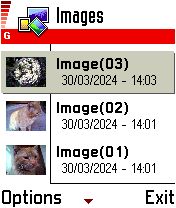
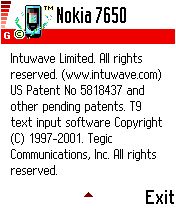
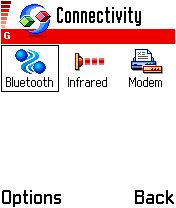
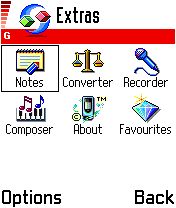
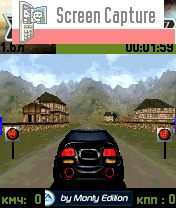
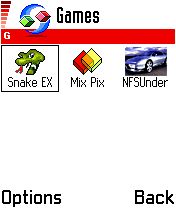

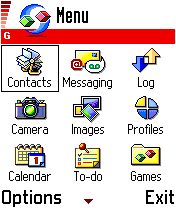
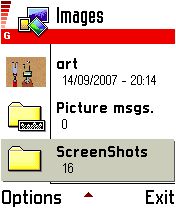
But there were not enough expensive Nokia Communicator smartphones (no one called them smartphones back then) because they occupied too small a share of sales, being a highly specialized device for «all the money in the world» for the elite. The market needed something massive, and in 2002, the Nokia 7650 appeared, becoming a pioneer in two areas at once.
Nokia 7650 review — the world’s first cameraphone and the best phone of our time
Later, Symbian 6.x was followed by Sony Ericsson P800 touchscreen smartphones and Nokia 3650 and Siemens SX1 push-button smartphones. Of course, we can’t help but mention the Nokia N-Gage, a gaming phenomenon of the time. The Symbian 6.1 system was deservedly considered the best solution for gamers, as native *sis games were much better graphically than *jar for J2ME and often outperformed the Nintendo Game Boy Advance.
Symbian 7.x — the golden era



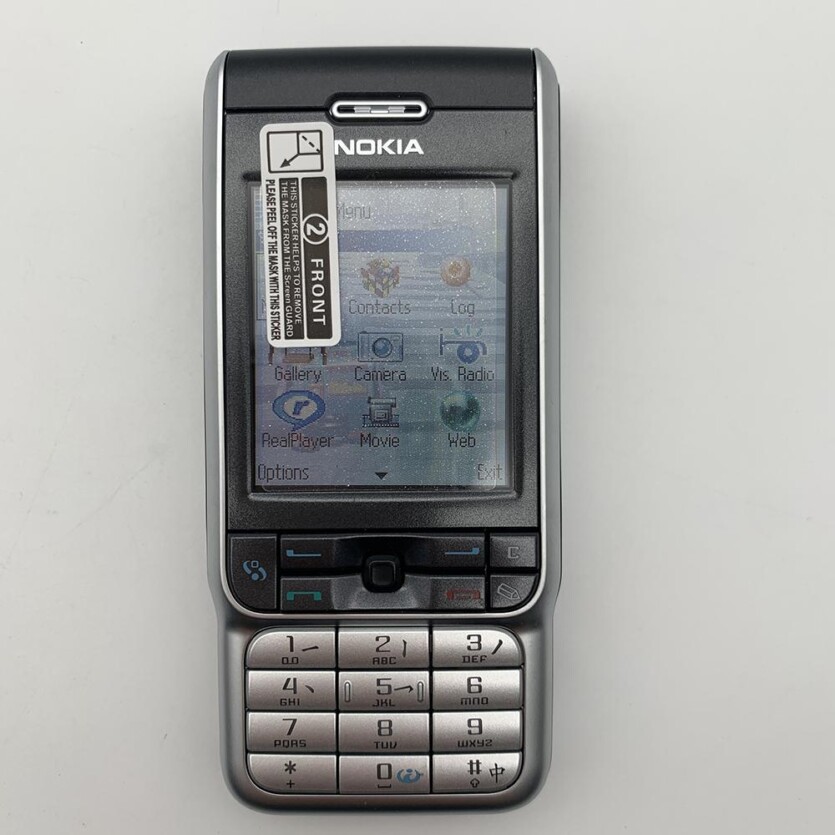

The updated version brought significant improvements in terms of stability, functionality, and compatibility with new hardware. Although the graphical interface hasn’t changed much, there have been many changes inside the system:
- Support for third-generation 3G networks;
- New Bluetooth and Wi-Fi capabilities;
- Improved security mechanisms, including better work with program and application certification;
- Improved support for audio and video files;
- Support for multimedia streaming;
- Faster Java virtual machine;
- Supports S60, S80, S90, and UIQ interfaces.
The Symbian system was becoming more widespread and approaching its peak. New touchscreen Sony Ericsson P900/P910 and universal «multimedia combines» Nokia 6600 class appeared on the market, and Samsung with the D720 and Panasonic X800 joined the race. However, the Finnish manufacturer remained the main player. Even two years after its release, this system was still relevant and was installed in mass-produced and inexpensive smartphones like the Nokia 3230.
Symbian 8.x — the quintessence of «symbian»



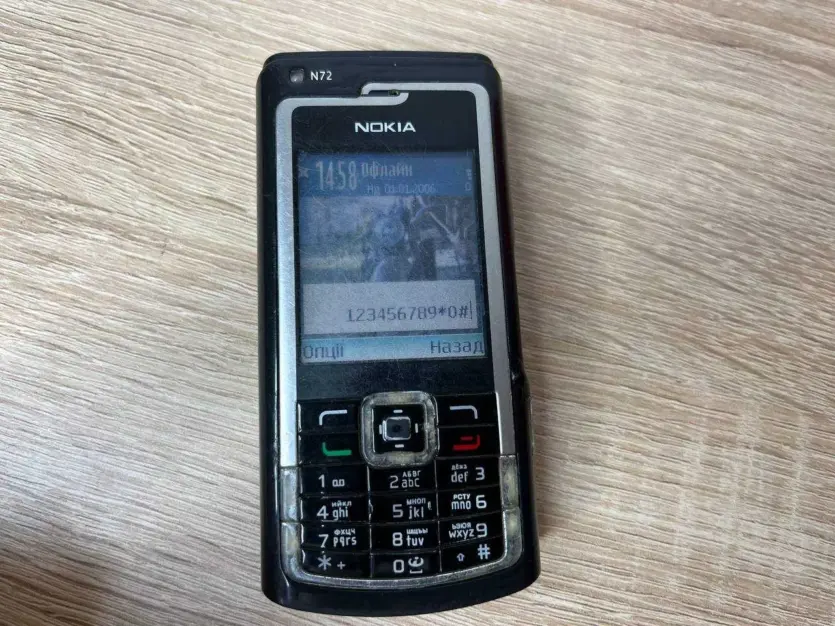


The eighth version of Symbian is considered by fans to be the best, and there are many good reasons for this. Moreover, users realized the full value of this system not immediately, but after the release of 9.x with a fundamentally new kernel, but the nuances of «nine» are described below.
In 2004, Symbian 8.0 appeared with an improved kernel (compatibility was maintained), which provided more stable operation with fast processors (the frequency increased to 220 MHz) and modern cameras with high requirements for hardware, as in the Nokia N90. The best representatives (there are not many) of Symbian 8.0/8.1 are Nokia 6630, 6680, N70, N90 and N72. What’s new:
- Support for the EDGE protocol was added for faster data transmission in second-generation networks, as well as expanding the capabilities of 3G networks;
- New multimedia APIs provided improved support for audio and video files right out of the box;
- Convenient application development and integration of C++ support for developers. Writing software was even easier, and new, much more productive hardware freed up the hands of programmers.
Symbian 8.1 brought minor cosmetic updates and bug fixes. It was the golden age of Symbian OS and the heyday of the company. Competitors based on Windows Mobile or Palm OS could not boast of such a user-friendly interface and extensive software support.
Symbian smartphones were more convenient, had a huge software library, and offered the best multimedia capabilities with a low entry threshold. For mobile gamers, Symbian was even more so the only solution. But it didn’t last long because after switching to the new kernel, the company started getting «alarming calls».
Symbian 9.x — new kernel and new problems


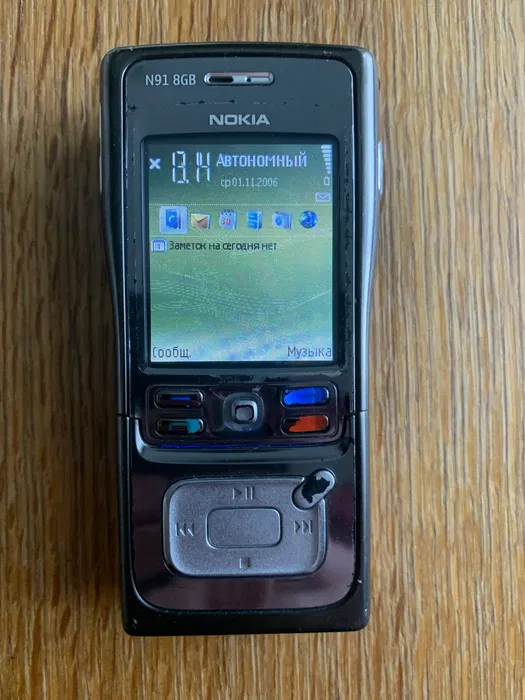
The transition to the new kernel was an important milestone in Symbian’s development. The flourishing piracy on previous versions had tired the company, so the 9.x series brought significant changes in architecture and security. This became both a major advantage and disadvantage for this operating system. If Symbian 9.0 was just a test model for developers, Symbian OS 9.1 was the first mass system that brought huge changes:
- Introduce a certification model for application installation;
- Improved multimedia and overall system performance;
- Improved dual processor operation (Nokia N91 220 MHz ARM Dual 9).
Certification of programs and their detailed verification during installation stopped piracy. This is very good, but there was a serious problem with compatibility, or rather, not a single program worked with Symbian 6.x, 7.x, 8.x. The entire huge software library was lost once and for all.
Not all developers rushed to rewrite programs for the new kernel, and many useful but forgotten utilities were abandoned and available only to owners of older Symbian OS smartphones.
«Certificate expired, cannot install program» – this message was sometimes received not only by those who wanted to download *sis application «for free without SMS and registration», but also by license holders. Let’s imagine that you bought the program for Nokia E60 at the time of its release in 2005, and two years later decided to install it on Nokia N95.
As it turned out, the temporary certificate expired and the user could no longer install the application. Such protection mechanisms provoked advanced users to look for methods «hacking» Symbian, which became a real headache for Symbian 9.x owners.
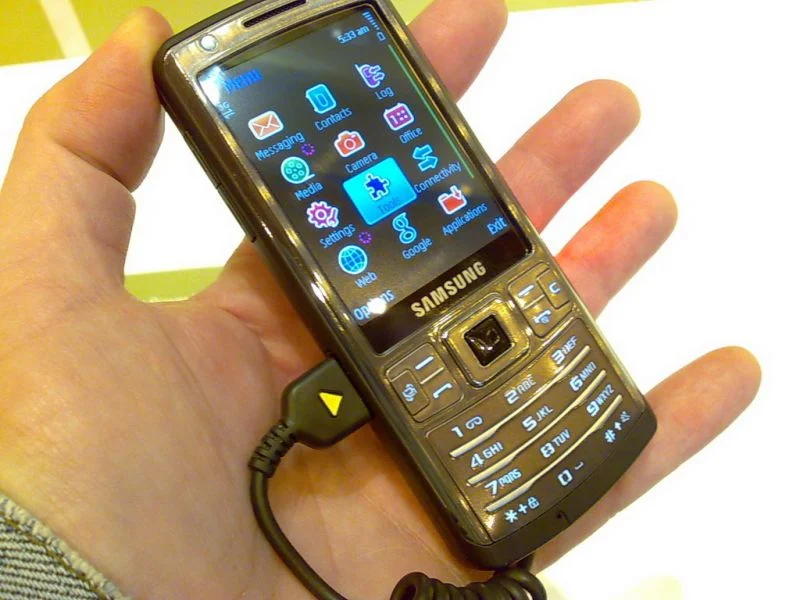



Symbian 9.2 significantly improved energy efficiency and also received support for high-speed data transfer protocols HSPDA. The successor Symbian 9.3 had already beautiful animations, support for processors with a frequency of up to 600 MHz, better stability, but lost compatibility with some programs for previous versions 9.1 or 9.2.
At a time when Nokia 6630 or N72 works with any software without any problems, runs advanced N-Gage games and just pleases its owner, newer Symbian smartphones brought many compromises. They no longer looked so versatile against the backdrop of a stronger Windows Mobile, and with the arrival of Apple iOS, things got really bad.

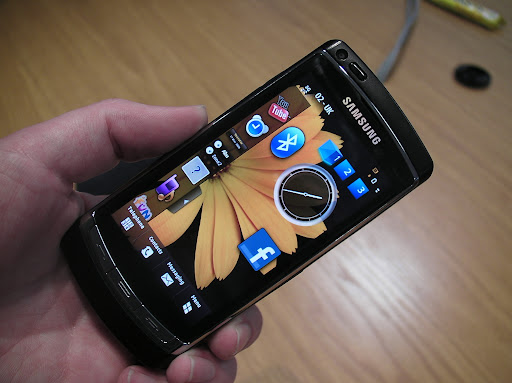



Symbian OS 9.4 was a response, or rather an attempt to respond, to the phenomenal success of the Apple iPhone. Although the system switched completely to touch screens, inside it was the same Symbian 9.3, crookedly adapted for stylus control.
What has changed:
- Focus on touch screens, but resistive, not capacitive. It was inconvenient to control with your finger;
- Improved camera performance and support for high video resolution;
- Implementation of the Qt Framework to facilitate the development of cross-platform applications.
Although smartphones with Symbian 9.4 sold well for some time, sticking to the name of a well-known system, people eventually became disillusioned with them. The development of Windows Mobile 6.5, the emergence of Web OS, Android OS, and Windows Phone, and the rapid market takeover by Apple smartphones did their part. All these factors forced engineers to make a last ditch effort to save their creation.
Symbian^3, Anna, and Belle — the end of an era




Symbian^3, Anna, and Belle were the final stages of development of the Symbian operating system, which was gradually losing ground to competition from iOS and Android. These versions attempted to bring the platform up-to-date, support new features, and make it more attractive to users and, most importantly, developers.
Symbian^3 in 2010 was the first major update after Symbian 9.x and was intended to revive the platform’s popularity. For a while, they succeeded and many successful smartphones were born, although it was no longer possible to regain market share. List of improvements:
- Improved multitasking with minimal performance loss;
- Improved support for video and audio formats, HDMI output;
- A more sophisticated user interface, properly adapted to finger control, smooth animations;
- Dynamic widgets on the desktop, integration with online services, and better personalization options.
Symbian Anna was the next version that brought minor improvements over Symbian^3 and focused on competing with Android OS, iOS, and Windows Phone. It is very important that smartphones received these updates «over the air», as in iOS/Android. The new features were as follows:
- The system has beautiful icons, improved menus, and better animations;
- A much faster browser, with the correct display of full versions of web pages;
- Convenient virtual keyboard for typing in landscape and portrait modes;
- NFC support for data transfer and contactless payments.
Incredibly beautiful (the name matches the style) Symbian Belle is the latest version of the platform that tried to modernize Symbian as much as possible to meet modern standards.



In terms of the graphical interface, Belle really surpassed Android, which looked really ugly at the time (has anything changed now?):
- The user interface has been redesigned;
- More virtual desktops;
- Completely new widgets of different sizes and styles;
- Improved integration with social networks;
- Extended support for video formats and video streaming;
- Improved camera operation and high quality video recording;
- Kernel optimization and significant performance improvement;
- Additional features to protect your data and your work.
Symbian^3, Anna, and Belle showed that the platform was still able to adapt, but their updates were not enough to compete with more modern iOS and Android. Lack of proper developer support, serious hardware limitations (multi-core processors, high screen resolution, etc.), and a slow update cycle led to a well-deserved loss of market share and eventual extinction of Symbian.
Conclusions
Nokia finally switched to Windows Phone in 2012, ending the Symbian era that left a deep mark on smartphone development. What lesson can be learned from the history of Symbian, while also recalling the history of operating systems Microsoft? Piracy and easy accessibility of software can sometimes be in a company’s favor. Although it hurts the pocketbook, it prevents «competitors from jumping high because it keeps a large audience around by the power of software.
The transition to Symbian 9.x was a turning point in the company’s history. The monopolist thought it could do whatever it wanted, but that was before the emergence of big new players. It was impossible to win the competition against the most «leaky» (read open) Android OS system distributed for free, although the final attempts in the form of Symbian Belle were excellent.


Spelling error report
The following text will be sent to our editors: